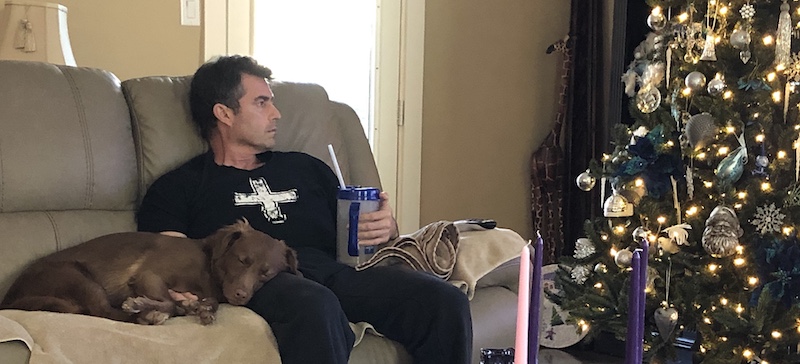Understanding Your Rights and Options
U.S. law calls for “reasonable accommodations” in many settings:
- Workplace stroke-recovery support is covered by the Americans with Disabilities Act (ADA) when an employer has 15 or more staff.
- School support after stroke is protected by Section 504 plans and Individualized Education Programs (IEPs).
- Medical care must include clear information in formats you can understand—larger print, plain language, or extra time if aphasia slows speech.
Knowing these basic protections makes every conversation easier, because you can focus on solutions rather than convincing someone you deserve to ask.
How to Prepare for Any Ask
Start with two short lists:
- What’s hard now? Maybe you tire after standing ten minutes or lose focus in loud rooms.
- What would fix it? A stool for your station, noise-canceling headphones, or a later meeting slot.
A brief doctor’s note or therapist summary that confirms your limits can help, but it isn’t always required. Most decision-makers respond best to specific examples paired with a realistic request.
Asking Your Health-Care Team
Appointments move fast, so lead with the biggest problem:
“Doctor, I still lose words after noon. Is there a short exercise I can keep at my desk to help?”
If you need more time, tell the nurse you have follow-up questions. Many clinics will answer through the patient portal, giving you written instructions you can reread later.
Asking for Help at Work
Begin with one clear solution and a time frame:
“Hi! Therapy runs until 9:30 a.m. Coming in at 10 a.m. for the next month would let me arrive rested and ready. Can we try it?”
Most employers approve a short pilot when the plan sounds simple and the review date is set. Under the ADA they must explore options unless doing so causes major hardship, and research shows most accommodations cost little—or nothing at all.
Advocating at School
Tell teachers or the disability office how the stroke affects classroom life:
“Typing long essays takes twice as long now. Speech-to-text software would keep me on pace with the class.”
Schools covered by Section 504 must remove barriers; IEP teams add services such as on-campus speech therapy. If you’re in college, reach out to Disability Services six months before classes start so tools are ready on day one.
Asking Family and Friends
Loved ones often hear “let me know if I can help” and freeze. Swap that open-ended plea for a single, concrete job:
“Could you drive me to therapy on Tuesdays? The ride home really wipes me out.”
Texting the request gives everyone a written reminder, and offering a specific day or task prevents confusion and burnout.
Reaching Out to Your Community
Support lives in surprising places—library quiet rooms, city bus programs, or local stroke groups that share adaptive exercise classes. A public post can open doors:
“Hi neighbors—I’m looking for a quiet spot to study three afternoons a week. Any tips?”
By framing the need clearly, you turn private challenges into shared problem-solving and often uncover resources you never knew existed.
If You Hear “No”
First, ask why: “What makes the later start time tough for the team?” Repeat the concern so the other person feels heard, then offer a short trial or an alternate fix. If work talks stall, HR can explain formal ADA steps. In school, ask for a meeting with the 504 coordinator. In health care, request a patient advocate or social worker. Most issues resolve once worries are named and tested on a small scale.
Following Up and Showing Progress
Send a thank-you email after any agreement, noting what will change and when you’ll all review. Keep quick notes on how the change helps—less pain, better grades, steadier speech. Concrete proof turns temporary fixes into long-term support.
Final Encouragement
Asking for help after stroke isn’t giving up; it’s choosing the smartest route to recovery. Each small adjustment frees energy for healing and brings people who care about you into the process. Speak up once, and you’ll learn most folks want to help—they just need a clear path. You earned the right to work, learn, and live in spaces that fit the reality of stroke recovery.

%202.png)
%20(200%20x%20200%20px)%20(300%20x%20300%20px)%20(1).png)



